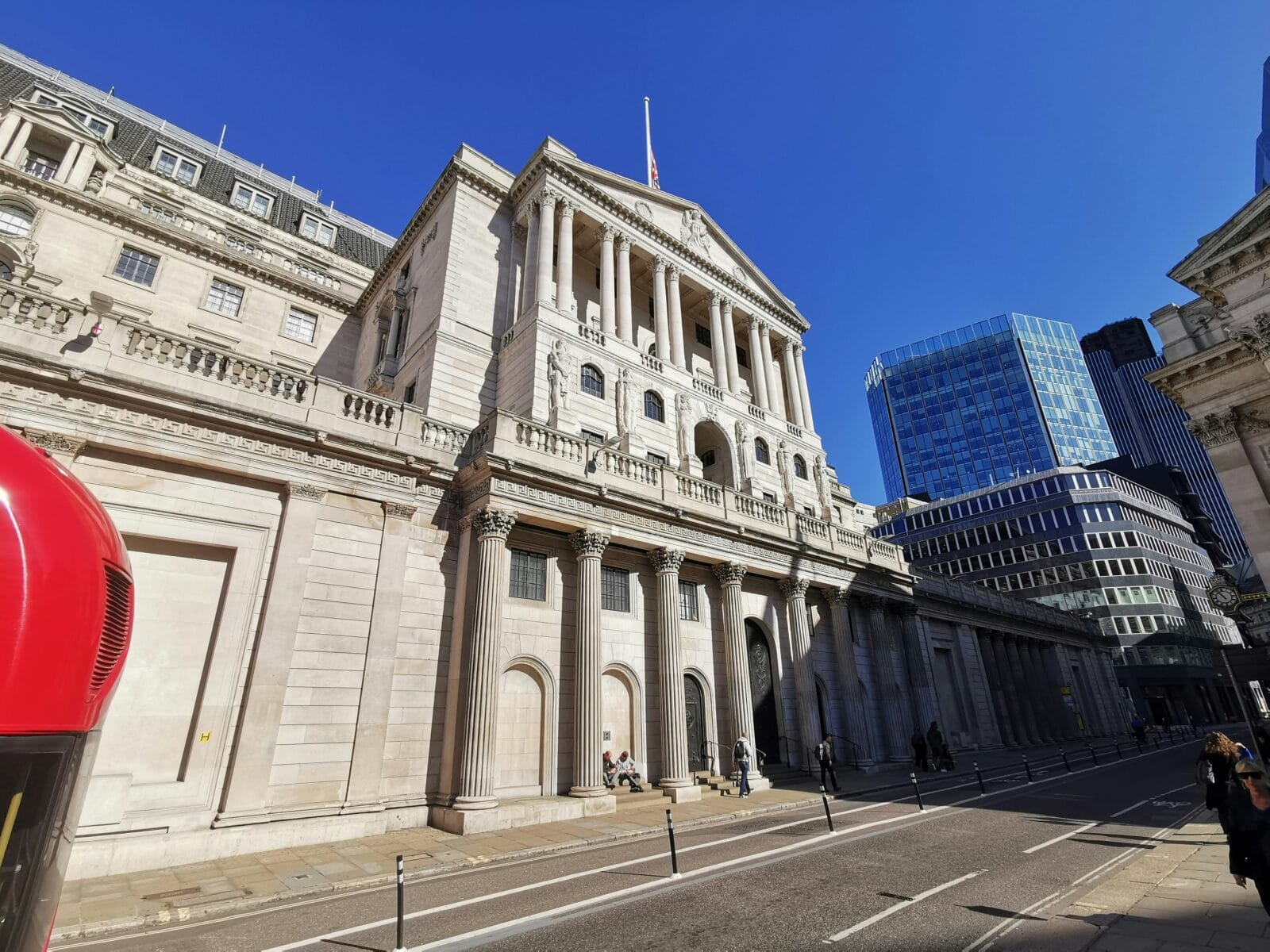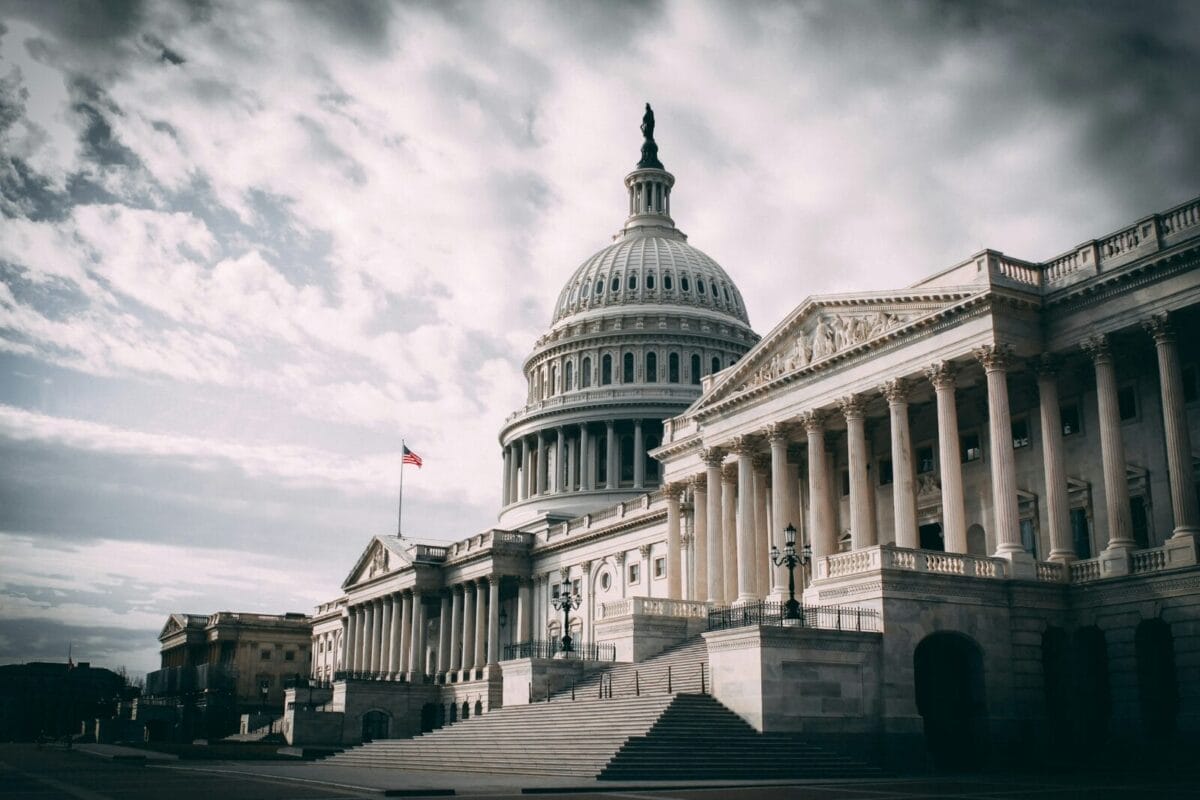David Goebel, Associate Director of Investment Strategy at wealth manager Evelyn Partners, has been sharing his analysis with IFA Magazine, following yesterday’s rate hike by the Fed and the Bank of England MPC rate announcement due at midday today as follows:
Less than two weeks ago Fed chair Powell was suggesting that it may be appropriate to increase rates by 50bps at this meeting if the data continued to show strength. Since then, February’s 300k job growth and 0.5% monthly core CPI inflation reading bolstered this case, and the meeting may have delivered it were it not for problems in the banking sector. The failure of Silicon Valley Bank in the US and Credit Suisse in Europe caused market participants and the Fed alike to reconsider the path for interest rates in the US.
Futures markets had expected interest rates in the US to peak at around 5.5% in July and remain at this level for the foreseeable future. SVB hit the headlines on 10 March and investors digested the likely fallout over the weekend. By the close of business on Monday, markets were pricing in a peak of just 4.75% as soon as May and a full percentage point of reductions by the year end – a remarkable turnaround.
Since then, those expectations moved back higher, and earlier today the peak was expected at around 5% in May before declining to around 4.5% by the end of 2023. Expectations for the Fed’s meeting declined from a 50bps increase to 25bps prior to the announcement, although at one stage markets were suggesting the most likely outcome was no change.
The unusual level of volatility in expectations prior to the meeting shows the market’s changing expectations for how the Federal Reserve was going to balance the pressing need for financial stability alongside its mandate of price stability. Clearly stress in the banking sector has added to uncertainty and made the Fed’s job more difficult. In the statement, the FOMC remarks: “Recent developments are likely to result in tighter credit conditions for households and businesses and to weigh on economic activity, hiring, and inflation. The extent of these effects is uncertain.”
They also changed elements of language in the statement from last month: “ongoing increases in the target range will be appropriate” to the softer “some additional policy firming may be appropriate”. Markets’ initial reaction to the statement was dovish, with the yield curve steepening and stock prices broadly increasing. Given the robust economic numbers coming out of the US, some commentators had expected a move higher in the ‘dot plot’ which did not come.
After the Fed followed the European Central Bank in delivering an expected interest rate increase at their March meeting, we expect the Bank of England will do similarly and increase their base rate by 25bps – particularly given yesterday’s unexpected nudge upwards for UK CPI inflation.
Clearly central banks believe that fight against inflation is not yet won and while recent turbulence in the banking sector is of concern, it is not enough for a significant change of course. After the statement, market expectations are for rates to peak at the next meeting in May, and we continue to suggest increasing duration in government bond portfolios as the Fed comes ever closer to the end of this hiking cycle.














